Immersion blenders are great appliances for home use. Also called a hand blender, mini blender, or stick blender, these appliances blend and purée food right inside the container. There are many types and features to consider. Learn more about their different options, including features, price, and corded or cordless models. Here are some tips to choose the right blender for Hand Blender Detachable Sus Blade your needs. Weigh the pros and cons of each option, and make an informed decision.
Corded vs. cordless
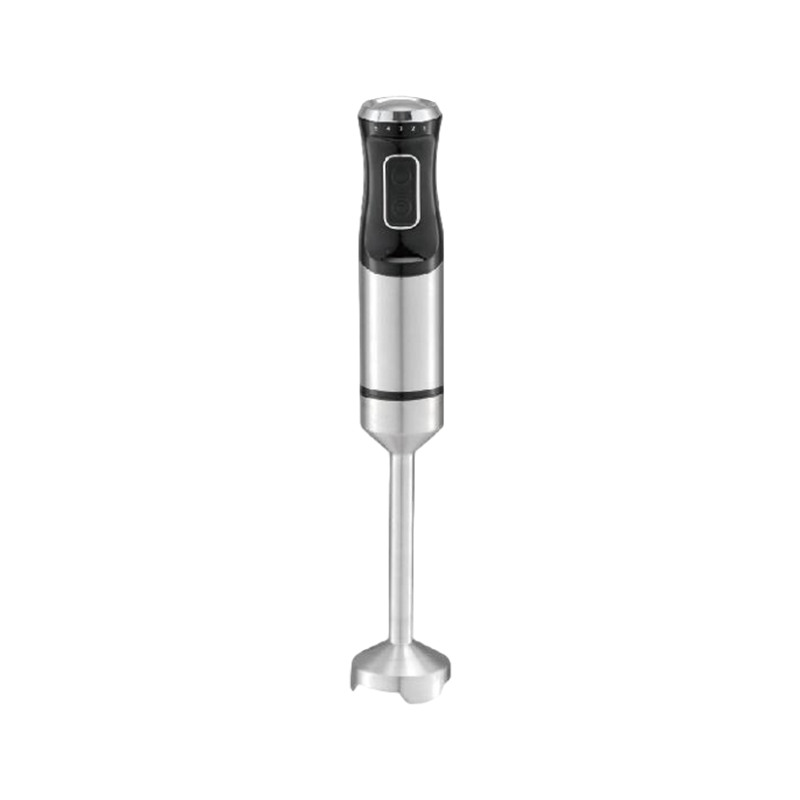
Choosing between a corded and a cordless immersion blender is a matter of personal preference. You can use either one for all types of cooking, but cordless models are often cheaper and more versatile. Some models come with a whisk attachment, enabling you to make meringues and whipped cream without using an electric hand mixer. You also won't have to worry about elbow tendonitis from overusing an electric hand mixer. Other models come with food processing bowls, letting you whip up pesto, dressings, and sauces. You also need to consider how much counter space you have available, but immersion blenders are typically smaller than their counterparts.
Another consideration is power. While cordless blenders are more powerful and flexible, you should make sure to choose one with a strong motor and a dishwasher-safe blade. If you're going to use your immersion blender often, a corded blender may be the safer option. However, most cordless models lack the power to blend a large quantity of ingredients. Cordless blenders may also run hotter than a corded one, so you should choose the latter if your cooking demands it.
Power
There is no doubt about the versatility and power of immersion blenders. With power levels ranging from 140W to 1200W, they can chop meat and produce stable egg white foam in seconds. They also can whip ingredients into a smooth, homogeneous consistency, making them ideal for making sauces. However, the power needed to achieve the desired results may vary from model to model. Below are some tips to choose the best immersion blender.
The first step in purchasing an immersion blender is choosing the size of your vessel. Typically, a medium-duty immersion blender can handle up to 10 gallons of ingredients. For heavier-duty tasks, you'll need a blender with a capacity of up to 50 gallons. If you'll be using an immersion blender offsite, look for a cordless model. These blenders are portable and feature a carrying case.
Versatility
Whether you're looking for an appliance that can blend liquids or puree ingredients, you'll love the versatility of an immersion blender. These small appliances are ideal for blending liquids and food together, and they can make your life easier in the kitchen. In fact, immersion blenders are the ideal kitchen tool for chefs, with their wide range of uses and numerous functions. We tapped two experts to help you choose the right blender for your needs: Katrina Munichiello, an expert in the food industry and editor at The Spruce Eats, and Katie Macd, a professional chef and immersion blender evangelist.
The first thing to look for in an immersion blender is its portability. A cordless immersion blender is ideal if you're always on the go, but a corded blender requires frequent charging. You can also look for an immersion blender with a detachable shaft. This makes cleaning easy and storing easier. The downside of a corded immersion blender is that it can easily get tangled or burn your hands while blending large amounts of food.
Price
Immersion Blenders are popular kitchen appliances that can be used to make drinks and juices. This appliance is designed to blitz up food and ingredients in minutes, making it an essential part of any home kitchen. Moreover, this appliance is convenient for those with busy lifestyles. However, there are some downsides to it, which could deter consumers. Listed below are some of them. To learn more, read on.
A good immersion blender should cost between $25 and $50. The high-end models can cost up to $300. A midrange immersion blender can be purchased for less than $50. They can be used to puree frozen fruit and vegetables for smoothies, emulsify liquids, and even whip up desserts like whipped cream and meringue. For most consumers, an immersion blender is an excellent choice. Nevertheless, it is important to consider the price before buying one.


 英语
英语 俄语
俄语
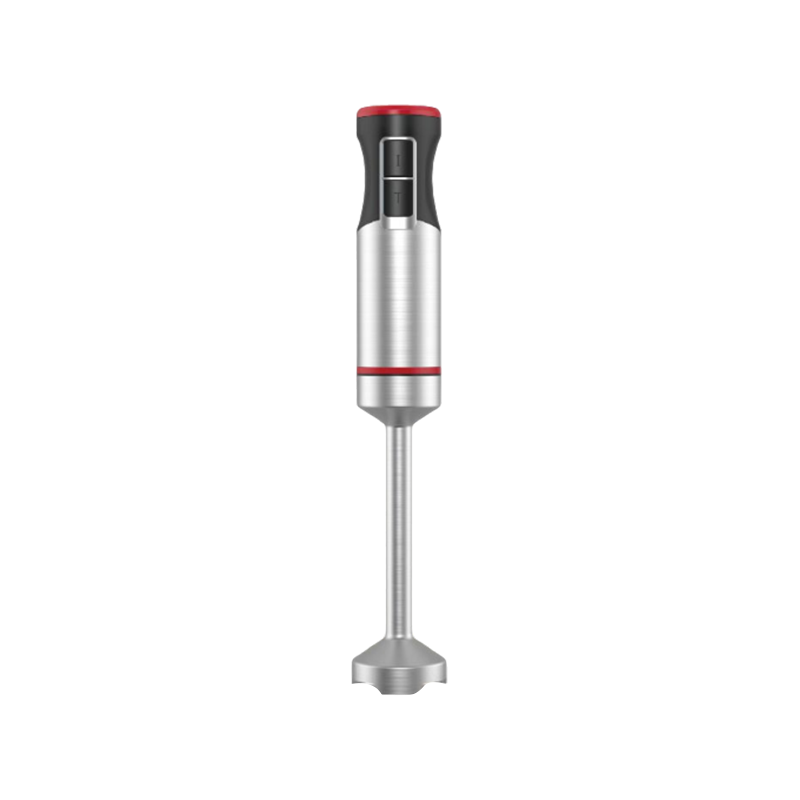
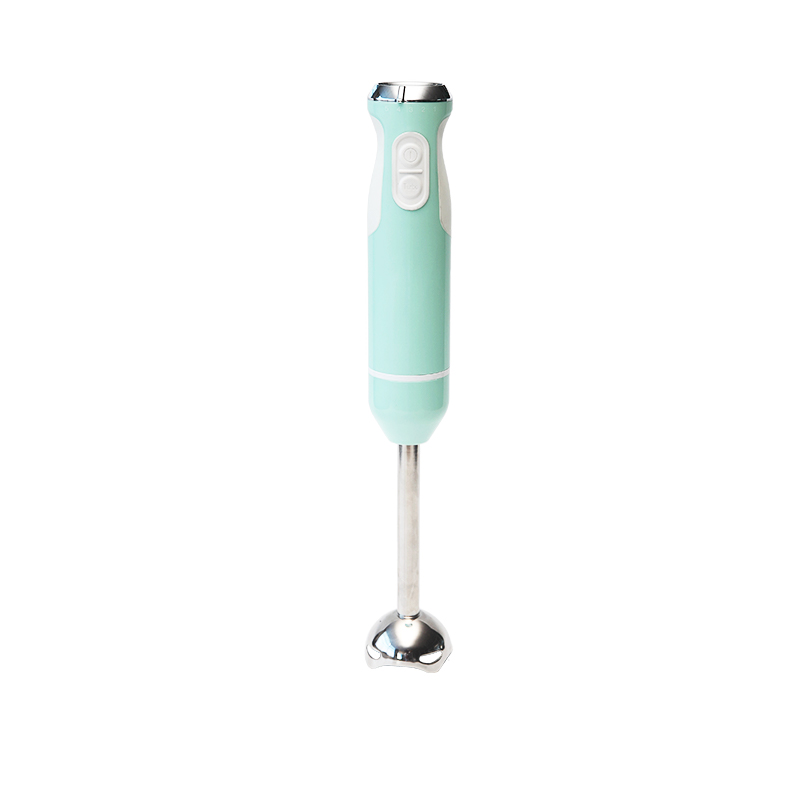
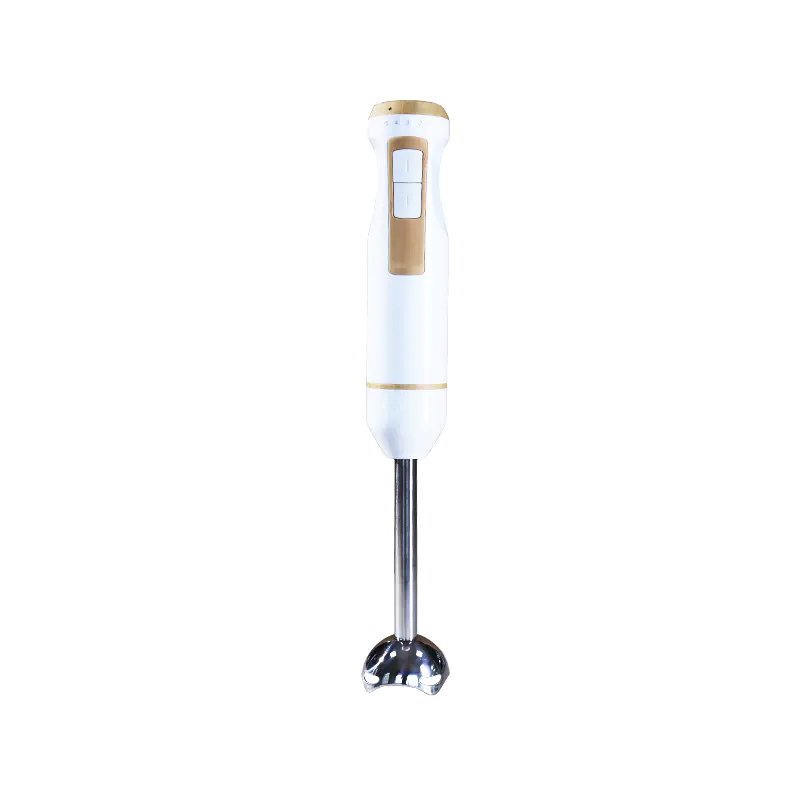
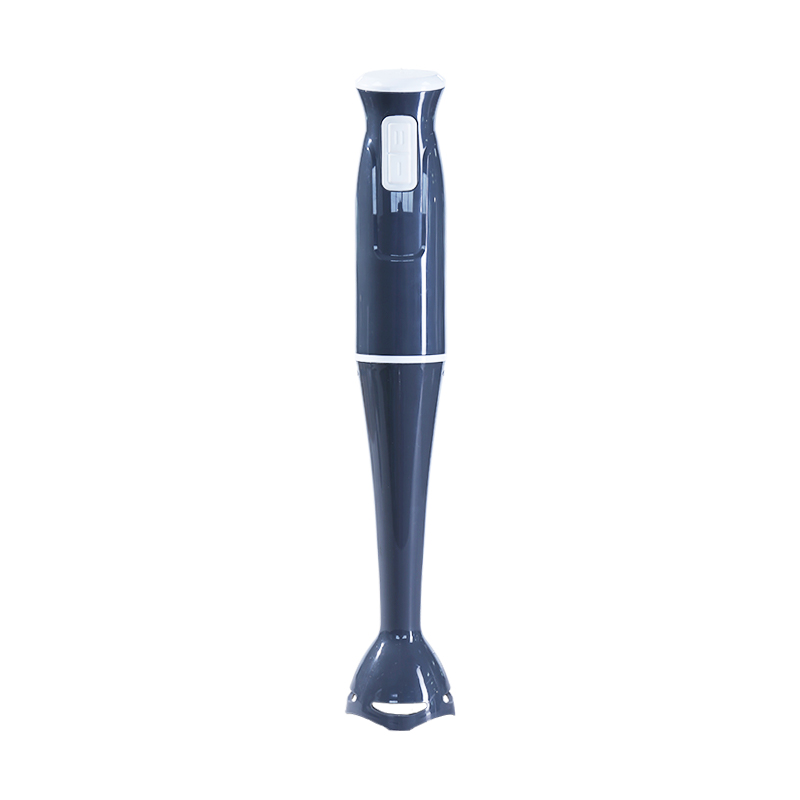

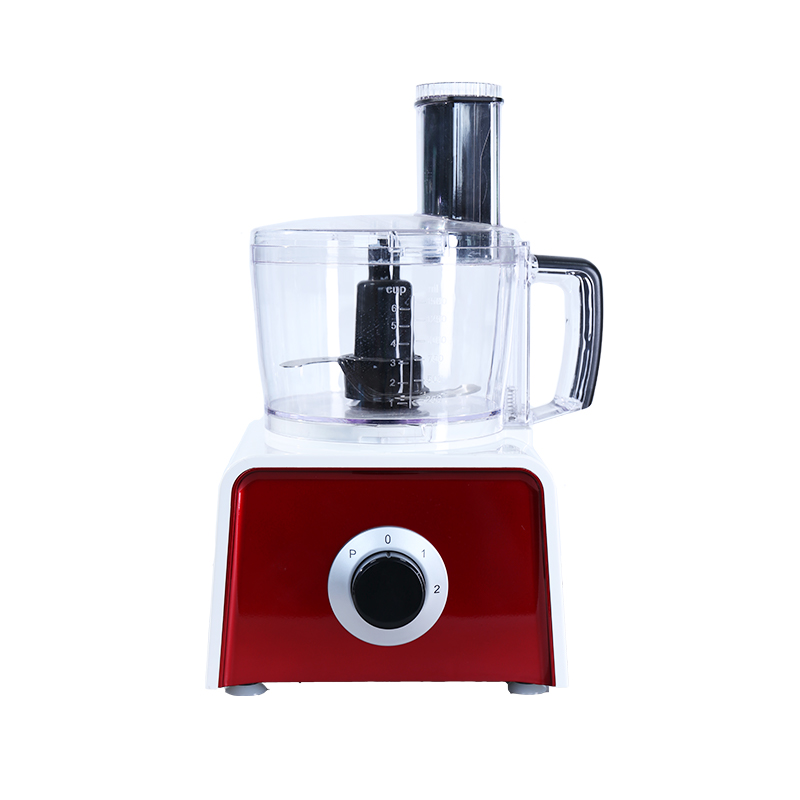
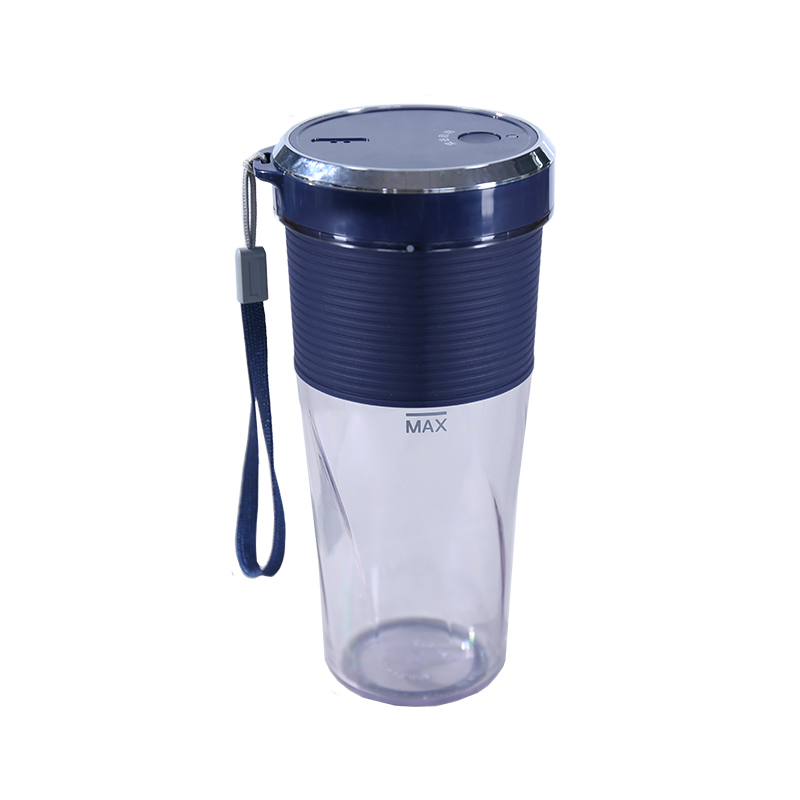



 About Us
About Us

